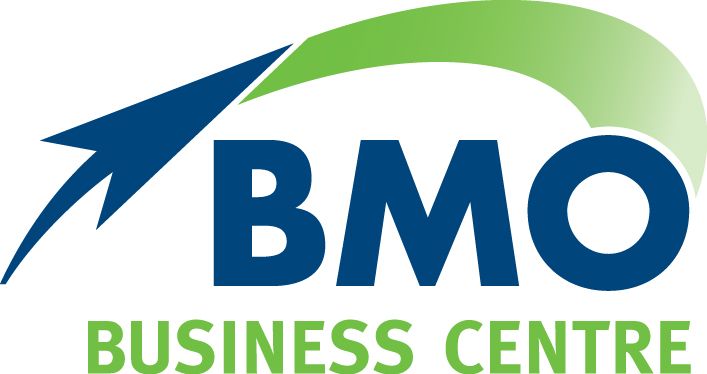Test drive your car finance options
Car finance comes in many makes and models, so make sure you compare features before driving away .
Putting a new car in your garage or choosing a commercial vehicle for your business is something most of us will do many times in our lives. But financing your purchase is far from routine. Nowadays there are a bewildering array of car financing options, and it’s worth checking under the bonnet before you proceed. Making the right choice can save you thousands in fees, interest and tax. I’ve put together a list of financing options, together with their pros and cons, to get you started.
- Car Loan
Car loans are the simplest form of vehicle finance. You get money at a variable or fixed rate to purchase a vehicle then repay the debt, with interest, in instalments. The more security you can offer the lender, the lower the interest rate.
Pros:
Accessible to most, simple to understand and manage. Business owners may be able to claim car cost as a tax deduction if the vehicle is used for work.
Cons:
Individuals receive no tax benefit. Interest rates vary depending on security offered. If it’s a variable rate loan, your loan payments can vary.
- Chattel Mortgage
Under a chattel mortgage you borrow money from the lender to buy a car (the chattel) and the lender secures the vehicle with a mortgage. You have legal ownership from the time of purchase and the mortgage is removed once your loan is repaid.
Pros:
Loan secured by asset (Car). Flexible repayment options. Business owners can claim GST back in the next BAS period.
Cons:
Interest rate depends on how attractive the car is to the borrower eg age etc. Individuals can’t claim GST.
- Finance Lease
A finance lease means the lender remains the owner of the vehicle while you pay a hire fee. At the end of the set term, you can choose whether you want to take ownership.
Pros:
Businesses can claim GST on the hire fee and some costs as a tax deduction. As with commercial hire purchase, it’s easy to re-finance and/or trade up to a newer vehicle.
Cons:
Lender owns the car. Individuals can’t claim GST or tax deductions.
- Operating Lease
Similar to finance lease where the lender owns the vehicle and you pay a hire fee, except you never take ownership of the vehicle.
Pros:
Businesses can claim GST on the hire fee and some costs as a tax deduction. Once again, this arrangement facilitates re-financing and/or trading up to a new car at lease end.
Cons:
Lender owns the car (permanently). Individuals can’t claim GST or tax deductions.
- Novated Lease
This is a common ‘company car’ arrangement between a business, an employee and a lender. The business borrows money from the lender for a vehicle, which the employee leases. The business then takes money from the employee’s gross salary to make repayments, resulting in tax benefits.
Pros:
Reduces employee’s pre-tax income, as the vehicle is part of remuneration package. Business owners can offer this as an employee perk (if they don’t mind doing the resulting paperwork).
Cons:
In some cases this may be considered a fringe benefit, attracting fringe benefits tax.
So which is your best financing option? Unfortunately, there’s no simple answer as it will depend on your circumstances. If you’re thinking about a new car for personal or business purposes, please don’t hesitate to call us to discuss financing options through BMO Lending Services and also your tax implications with your BMO Accountant.
The post Test drive your car finance options appeared first on BMO Accountants.


